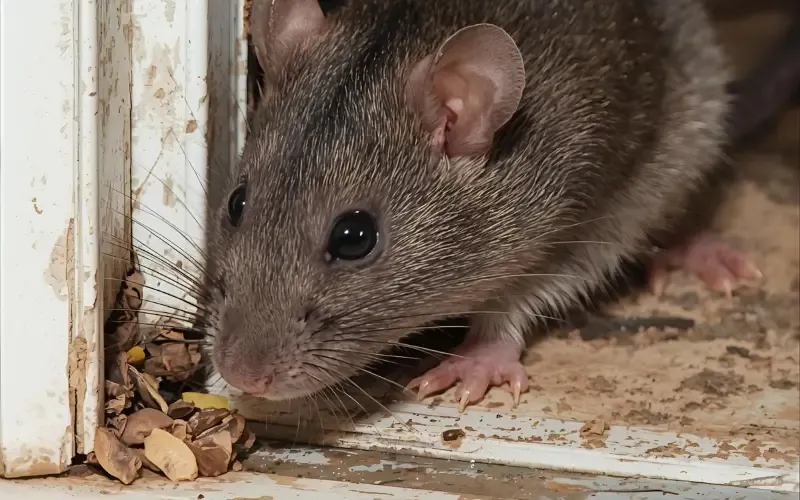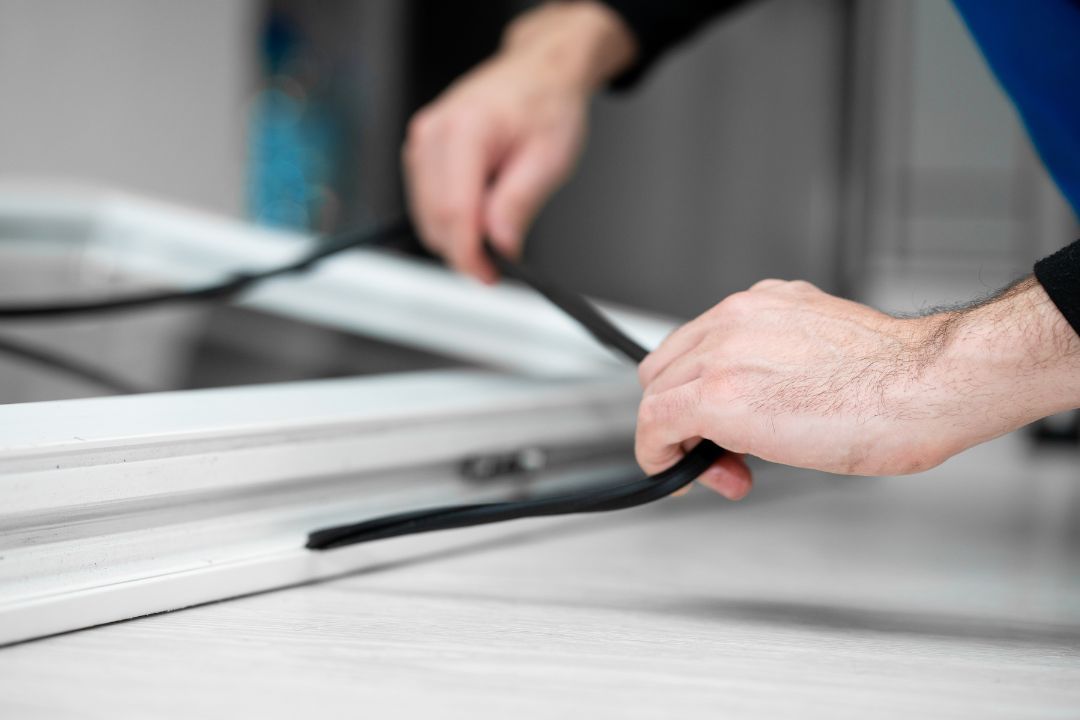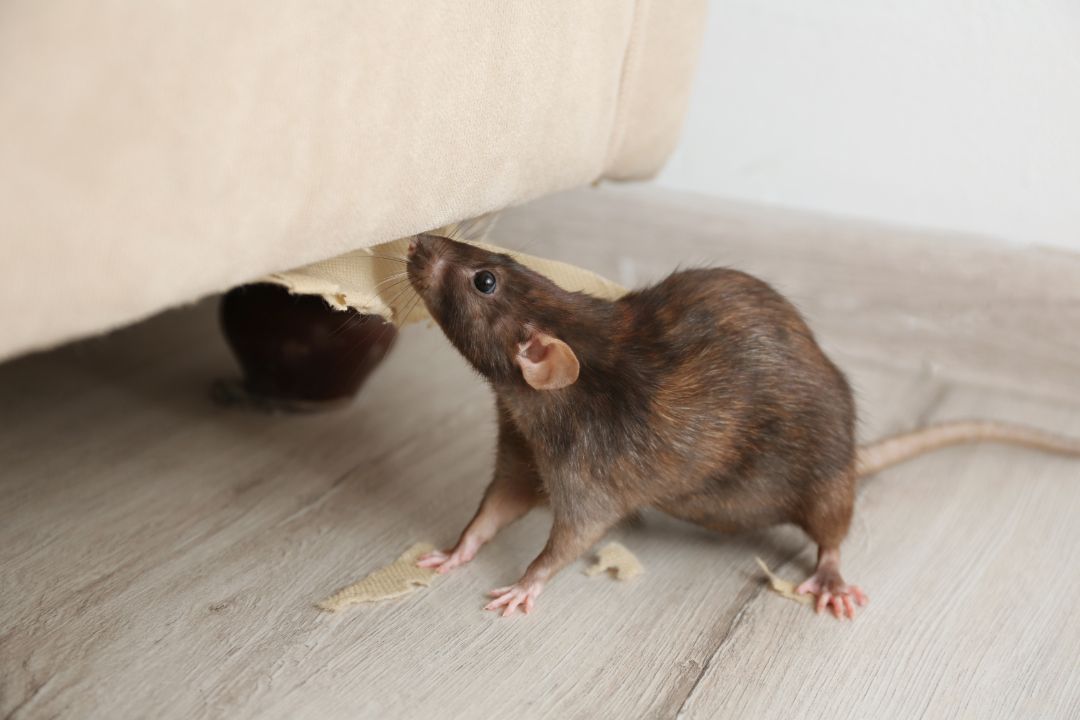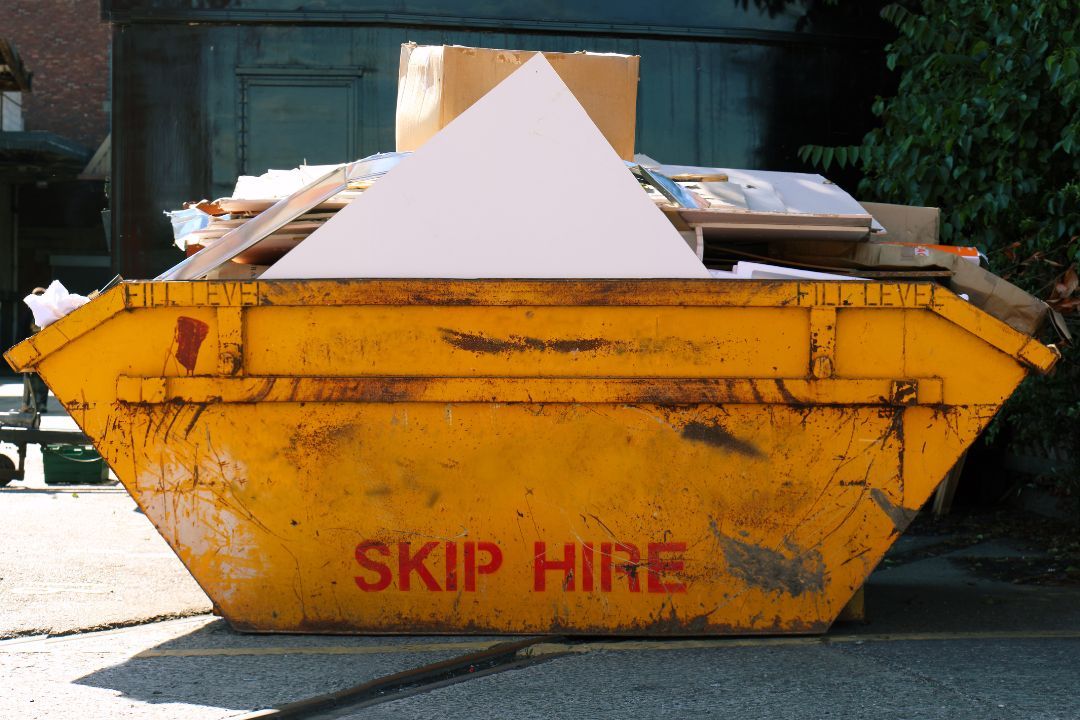Your Local Tradesman Sets New Standard for Blocked Drain in Adelaide
One of Adelaide’s trusted local plumbers raises the bar for blocked drain and pipe repair services.
Your Local Tradesman, one of Adelaide’s most trusted and dependable plumbing companies, has announced a new benchmark in blocked drain and blocked pipe solutions. With their upgraded tools, refined techniques, and a renewed focus on customer satisfaction, the company continues to set a high standard for what homeowners can expect from a plumber in Adelaide.
Adelaide’s home faces blocked drains that are commonly caused by disruptive tree root intrusions to grease build-up and ageing pipes that lead to recurring blockages that cause frustration and costly damage. Recognising this, Your Local Tradesman has enhanced its operations to deliver smarter, cleaner, and longer-lasting results for every customer.
Their vision is simple: to provide smart, long-lasting plumbing solutions that Adelaide can trust. They want to change Adelaide’s residents view about local plumbing. When residents search for a ‘blocked drain plumber Adelaide’, they should know they’re calling experts who use the latest technology, work efficiently, and genuinely care about protecting their home.
Smarter Solutions for Blocked Drains and Pipes
As we move forward with the latest plumbing technologies, Your Local Tradesman continues to lead the way in delivering modern, reliable solutions across Adelaide. They also wanted to bring change to every home and build smarter ways to deal with plumbing problems. The plumbers now use advanced diagnostic and repair systems to make sure precise and speed in every job.
These innovations mean Adelaide homeowners no longer have to settle for temporary fixes or invasive repairs like the traditional. Every service is carried out by fully licensed, insured, and highly trained professionals blocked drain plumbers who understand the unique plumbing challenges of Adelaide’s homes and high-risk zones (soil conditions).
Customer-Focused Service That Builds Trust
Your Local Tradesman stands out for its honest communication, transparent pricing, and same-day response times. The company takes pride in combining traditional workmanship with modern methods, making sure that each customer receives genuine, reliable, and cost-effective service.
They also believe that blocked pipes or drains shouldn’t be stressful, when Adelaide residents call for a plumbing emergency, they shouldn’t be neglected. They are committed to arriving on time, explaining the problem clearly, and providing a lasting solution and believes ‘that’s what every homeowner deserves’.
Plumbing Services Committed to Adelaide’s Homes
Beyond their remarkable plumbing services, Your Local Tradesman remains dedicated to its local roots. As a proud locally-owned Australian business, the team continues to invest in new equipment, skills training, and eco-friendly solutions that benefit both customers and the community.
By setting new plumbing standards and maintaining strong values of integrity and professionalism, Your Local Tradesman continues to earn the trust of homeowners and businesses across Adelaide.
About Your Local Tradesman
Your Local Tradesman is an Adelaide-based plumbing company experts in blocked drain repair, pipe relining, emergency plumbing, and general maintenance services. Built on reliability, honesty, and customer satisfaction, the company has become one of the city’s most respected names in local plumbing.
With their latest and advanced plumbing approach made them one of the trusted a blocked drains or blocked pipe in Adelaide. They stand on their services, delivers expertise, care, and long-lasting results all in one professional service.


 A few months ago, I started hearing strange noises at night. At first, I just ignored it, thinking it was just a house creaking or maybe a wind blowing outside. However, in one evening, while my kids and I enjoyed watching a movie, I saw a flash of movement in the corner of my eye. I thought it was just our cat running around, but then it kept moving around, and I saw a grey mouse across the kitchen. It looks like it’s sniffing at something.
A few months ago, I started hearing strange noises at night. At first, I just ignored it, thinking it was just a house creaking or maybe a wind blowing outside. However, in one evening, while my kids and I enjoyed watching a movie, I saw a flash of movement in the corner of my eye. I thought it was just our cat running around, but then it kept moving around, and I saw a grey mouse across the kitchen. It looks like it’s sniffing at something.


 Enrolling your child in childcare often comes with a mix of emotions. While it can be reassuring to know you’ve chosen the right childcare centre for your little one, it can also feel overwhelming to entrust their care to someone else. As a parent
Enrolling your child in childcare often comes with a mix of emotions. While it can be reassuring to know you’ve chosen the right childcare centre for your little one, it can also feel overwhelming to entrust their care to someone else. As a parent




